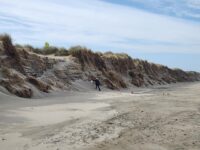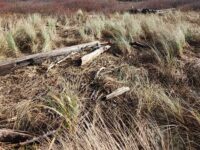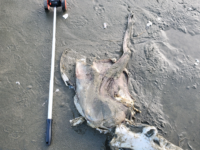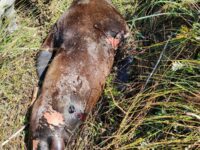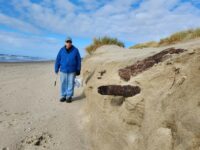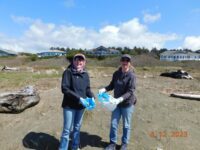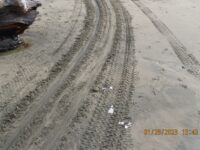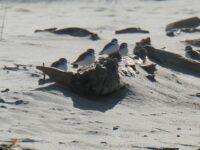Mile 203 Report
Driftwood Beach south, Hidden Lake
July 5, 2015
Two significant fireworks hot spots with sporadic other ares.
Report Details
Two significant fireworks hot spots with sporadic other ares. Multiple (about 80) small red rubbery plastic tubes, thin plastic streamers, and firecrackers. People on the beach were walking, looking for agates and some cleaning up after the previous night party. Findings include small amounts of kelp, partial clear jelly fish (4), various types o clam shell fragments, dungeness crab shells (numerous in spots), clumps of twigs, seaweed and shell fragments
Human Activities
Number of people: 15. Number of dogs: 2. Walking or running: 10. Other Activities: 3 cleaning beach. Numerous firework remnants form previous night
Concerns
Fire
Apparent violations: Fireworks.Notable Wildlife
Gulls Kelp: Lesssoniopsis littoralis
Driftline Content
Seaweeds and seagrass, Animal casings (e.g., crab, shrimp molt), Land-based debris (picnics, etc.), Ocean-based debris (from fishing boats, ship trash, etc.), Marine debris (plastic, styrofoam, etc. washing in from the sea), Shells, Small rocks, Wood pieces.
Actions & Comments
Removed firecrackers, streamers and plastic tubes
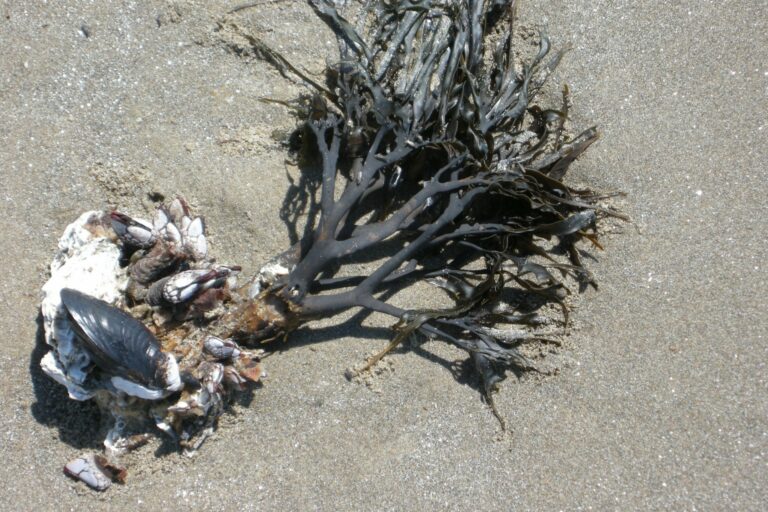
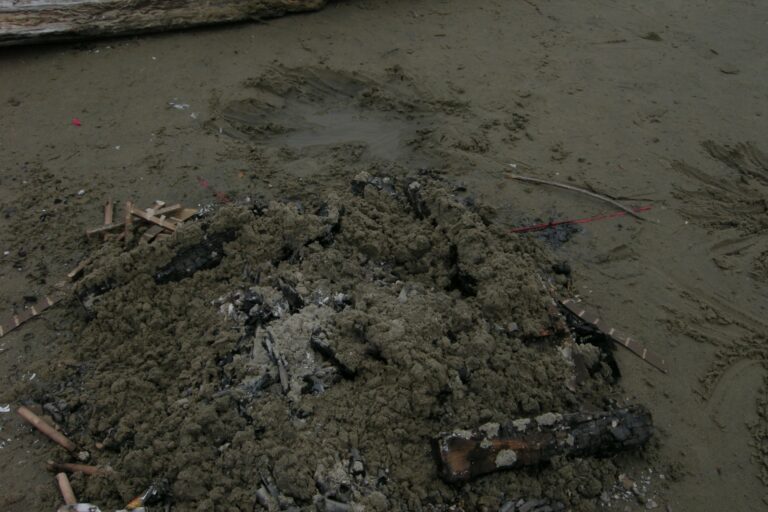
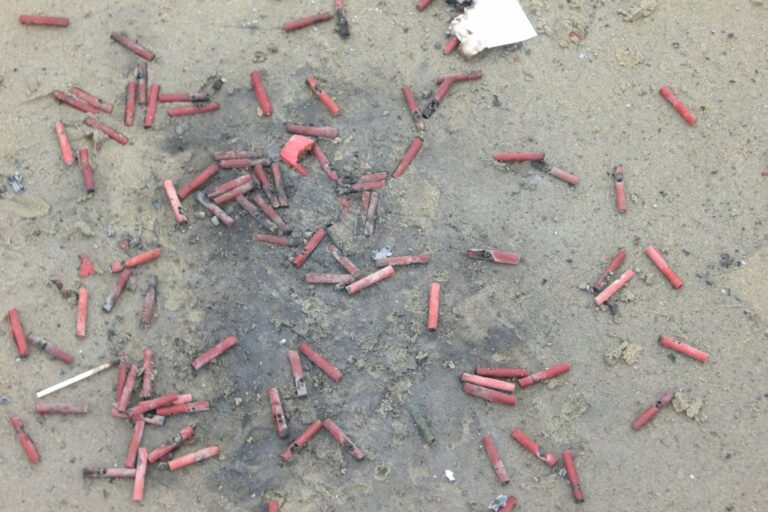
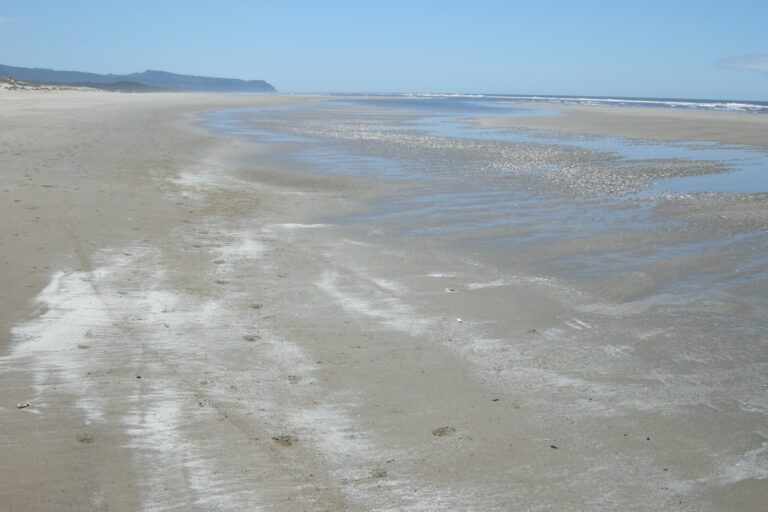
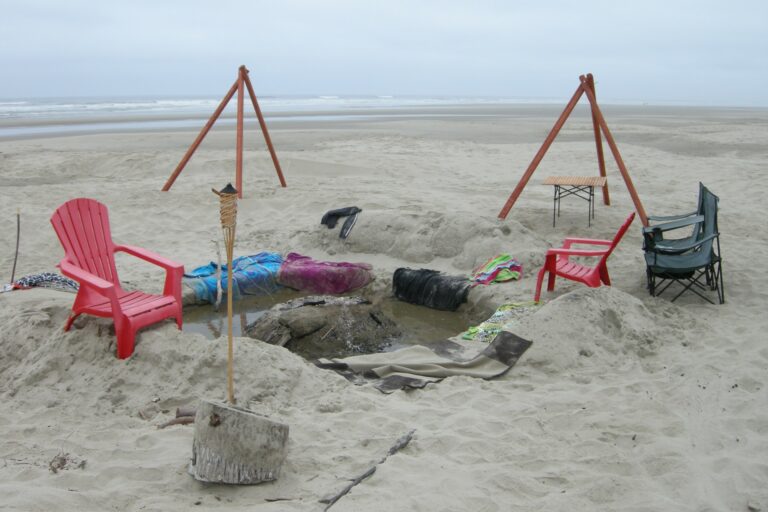
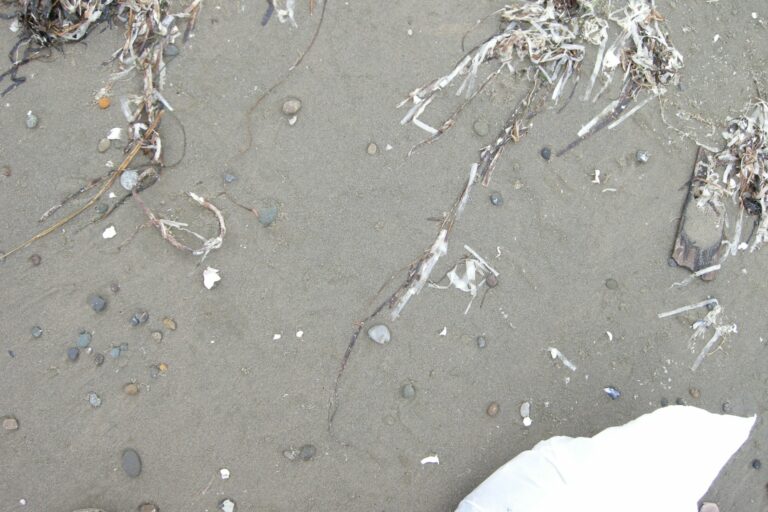
Report Images
All Mile 203 Reports
Mile 203
Driftwood Beach south, Hidden Lake
We found 7 lbs 12 oz of marine and ocean debris on the beaches in the wrackline area. The north and south ends of mile 203 show evidence of substantial wave erosion of the dunes.
Jeff Hildreth
Mile 203
Driftwood Beach south, Hidden Lake
The beach has had substantial washing away of old dunes and washing up of beach grass into the dunes. There were 45 bird carcasses of we believe are Cassin's auklets.
Jeff Hildreth
Mile 203
Driftwood Beach south, Hidden Lake
Today I and my two CoastWatch partners conducted a NOAA Marine Debris survey on our 100 meter survey site at Sandpiper Beach, Mile 203. On reaching our marine debris survey site, we saw a lot of Cassin's Auklet carcasses, which COASST calls CAAU, all high up on the beach among the beach vegetation and washed-in sea grass, many carcasses partially covered by sand or vegetation. After we completed our debris survey, I returned to our survey site and began collecting CAAU carcasses in groups of 9, as COASST recommends, ultimately collecting 40 carcasses in 4 full and 1 partial grouping. Below is a link to our Sandpiper Beach NOAA debris survey site where most CAAUs were found, reached by a boardwalk that enters the beach midway in the debris survey site. COASST defines a "wreck" as more than 20 beached individuals of one species per kilometer, and a "MME" (Massive Mortality Event) as a spike of up to hundreds of carcasses per kilometer. We also found a beached Northern Fulmar and what is I believe was either a female Gadwall or White-winged Scoter, which I took note of but didn't measure or report on to COASST. I submitted documentation with photos of the CAAU beaching event to COASST, and COASST responded that they had received reports of CAAU beachings from Southern Oregon sites like Coquille Point and Cape Blanco but also as far north as Manzanita. All this sounds very dry, but it was really sad to see and handle all these beautiful little dead birds and wonder if this is completely natural or if climate change, and perhaps a decline of prey species making these birds more vulnerable, factors into these mortality events. https://mdmap.
Jon French
Mile 203
Driftwood Beach south, Hidden Lake
The storms and rain caused some beach washout from the ocean and from the land.
JLcoasties
Mile 203
Driftwood Beach south, Hidden Lake
The dunes have reappeared due to the spring winds.
JLcoasties
Mile 203
Driftwood Beach south, Hidden Lake
Last year at this time, Jesse Jones helped us set up a 100 meter NOAA marine debris survey site on Mile 204, which we later moved to Sandpiper Beach on Mile 203.
Jon French
Mile 203
Driftwood Beach south, Hidden Lake
It was a beautiful day for a walk.
Nancy Thomas
Mile 203
Driftwood Beach south, Hidden Lake
After observing 8 snowy plovers on Mile 200 yesterday, I wanted to check up on the plovers on Mile 203.
KFunk

